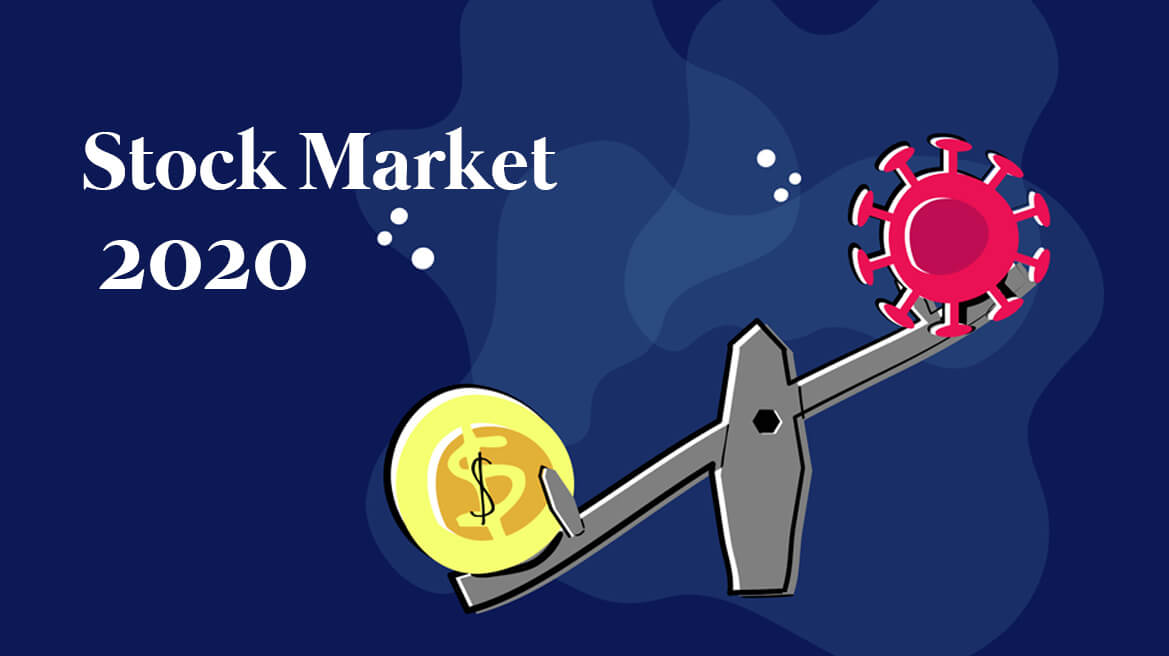
Explaining the 2020 stock market
It was the longest bull market in US history until coronavirus began its harrowing journey. The stock market has suffered the sharpest collapse since the Great Recession. The equities sell-offs started in mid-February and lasted till the mid of March, defined as a 30 percent decline in S&P 500 from a recent all-time high.
Unfortunately, financial market crashes are common in history.
Sometimes investors can be easily distracted by the news and make impulsive decisions based on reflex, leading to a sharp sell-off. But this time, the fear of investors was warranted: unemployment rates were rising; GDP rates were shrinking.
After that initial steep decline, however, the market rebound was just as quick. Brokerage firms reported a sharp rise in account opening; more and more people were willing to invest money and make a profit instead of saving it due to unprecedented times.
Was it a symptom of an optimism reliant on federal spending, easy monetary policy, and notable progress toward a vaccine hunt or just speculative greed?
Why does this dissonance sometimes exist between the markets and the real economic situation?
The reason could be that the market reflects investors’ optimism and long-term expectations for profits and dividends that they can expect companies to generate in the future.
Another reason is that the stock market is sensitive to the government’s and central bank’s actions, such as ease of monetary policy in response to an economic slump. Stocks are soaring when the interest rates fall.
Surprisingly, this means a weak economy can be quite useful for the stock market.
2020 Market Outlook
Despite substantial summer gains, the news about the second wave of infections, another lockdown, and the coming election brought some volatility. Investors now are concerned about what they should expect next.
Market volatility will most likely remain until the positive vaccine progresses, but probably, the worst downturn is over.
Volatility is not always a bad thing, as a decline in prices can provide entry points from which investors can take advantage.
How to be prepared?
When the market soars to the sky, it can be heaven for a trader as it could go up a long way in price, but this bubble can collapse any time, and this move will be large and quick.
According to Morningstar’s data, a hypothetical $1,000 investment in the S&P 500 index in 1926 would have valued now around $9 million (as of June 30, 2020).
It is why investors need to stay invested for a long time and do not react irrationally to short-term events. Fluctuations in the value of investments during the road are inevitable.
Choosing to invest in well-diversified portfolios adjusted to your risk tolerance accordingly can help to reduce risks.
Before choosing one, it is essential to check how well a fund manager performs in times of falling.
Wealthface strategy was back-tested since 2007; if you check the graphs, you will see that Wealthface outperformed the market at all times. Portfolios are rebalanced every quarter and adjusted to the market situation so that investors can be calm on the news and do not check performance every day.




